INSPIRATION
Indian Influences in Van Cleef & Arpels Jewellery Design
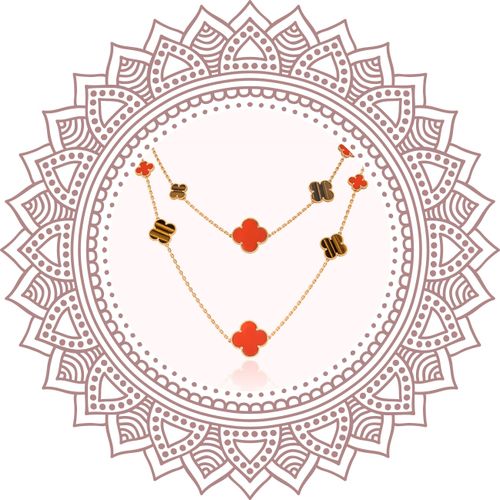

Indian Influences in Van Cleef & Arpels Jewellery Design
Van Cleef & Arpels (VCA), a renowned luxury jewellery brand, is celebrated not only for its unparalleled craftsmanship and French heritage but also for its profound ability to weave diverse cultural influences into its designs. Among these, Indian art and jewellery have had a significant impact, infusing VCA's collections with vibrant colours, intricate motifs, and specialised techniques.
This article delves into how Indian aesthetics have been woven into Van Cleef & Arpels jewellery designs, showcasing a compelling story of cultural exchange and artistic ingenuity. Through a historical lens, we will trace the evolution of this cultural fusion, examining key techniques and iconic pieces that showcase the enduring legacy of Indian influence on high jewellery.

Historical Influence and Cultural Fusion
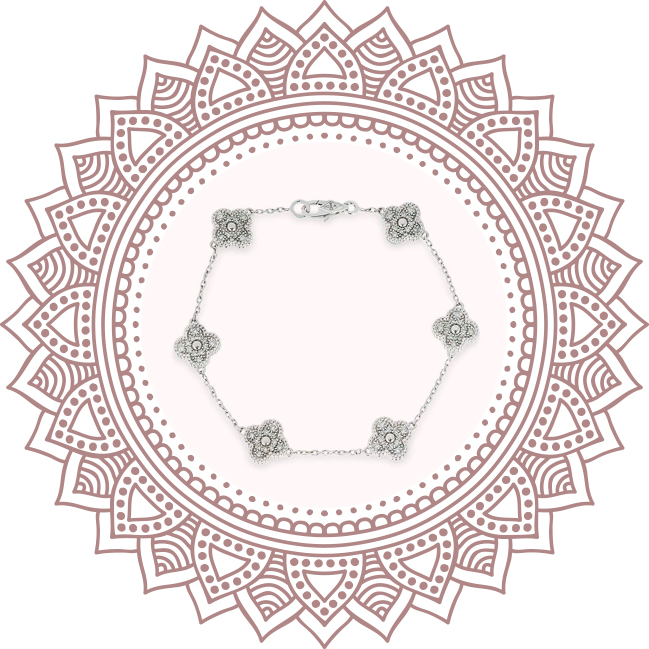
The fascination of Van Cleef & Arpels with Indian design began as part of a broader European trend in the early 20th century, during a period marked by an intense interest in the exotic and alluring cultures of the East. This trend, often referred to as Orientalism, provided a romanticised view of Eastern cultures, which significantly influenced Western art and design. For VCA, this was not merely an aesthetic inspiration but part of a deeper, ongoing cultural dialogue spurred by colonial interactions and the global exchange facilitated by international exhibitions, such as the Paris Exposition of 1925.
At these expositions, European designers, including those from VCA, were exposed to the intricate craftsmanship of Indian jewellery, characterised by its use of vibrant gemstones and elaborate motifs. Such exhibitions were pivotal in introducing the Western world to Indian techniques like the meticulous gem setting and enamel work that would soon be echoed in VCA’s luxury items. This exposure led to a meaningful integration of these elements into VCA’s design ethos, marking the beginning of a lasting influence that would enrich its collections for decades.
The incorporation of Indian aesthetics into VCA's jewellery was further deepened through direct collaborations with Indian maharajas, who, during the 1920s and 1930s, sought to have their traditional jewels reimagined in contemporary styles. These collaborations were not only a fusion of craftsmanship but also a cultural exchange that allowed VCA to blend the opulence typical of Indian royal jewellery with French elegance and technique, creating pieces that were both familiar and novel to the global elite.

Van Cleef & Arpels Embrace of Indian Artistry In Their Jewellery
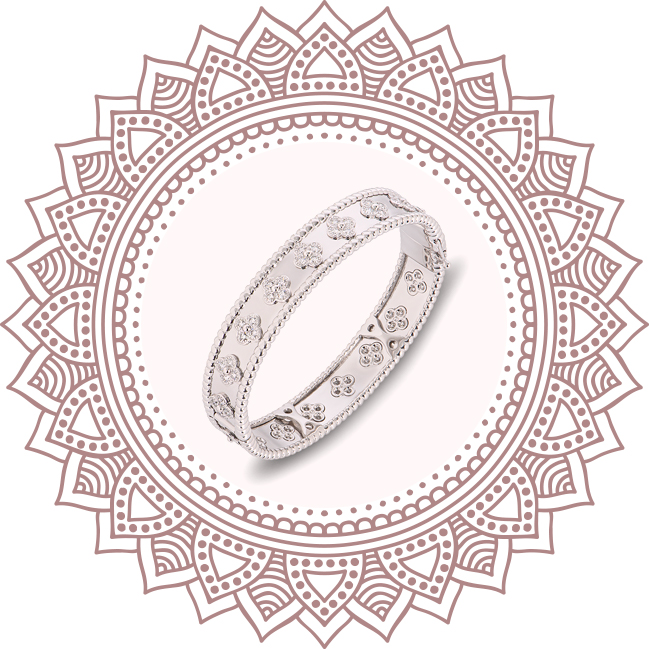
Van Cleef & Arpels' engagement with Indian jewellery artisanship is exemplified through their adoption and adaptation of traditional techniques such as Jadau and Meenakari. These methods, deeply rooted in the rich tradition of Indian craftsmanship, have been skillfully incorporated into VCA’s designs to captivate a global clientele while honouring their origins.
Jadau Technique
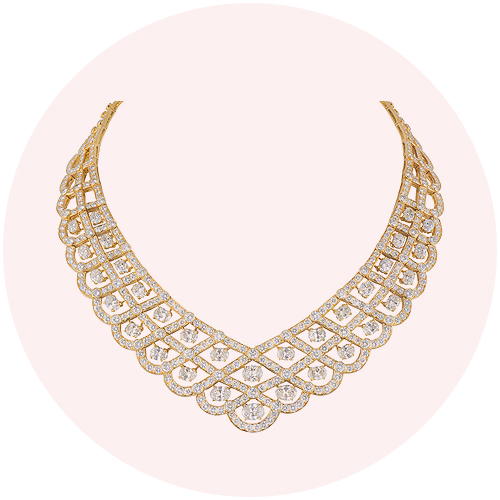
Originating from an ancient Indian practice, the Jadau technique involves embedding precious and semi-precious stones into heated gold, creating elaborate settings that are both luxurious and intricate. Van Cleef & Arpels has reinterpreted this technique, employing it in several bespoke collections designed to evoke the regal and opulent aesthetics typical of Indian royalty. This adaptation allows VCA to create pieces that resonate with historical Indian elegance yet appeal to contemporary tastes.
Meenakari Enamelling
Meenakari is the art of painting and firing enamel onto metal, a technique revered for its ability to add vibrant colour and detailed artistry to jewellery. VCA has embraced this technique by integrating it into designs that blend French refinement with Indian flamboyance. The result is a collection of pieces where the bold colours of the enamel enhance the natural beauty of the gemstones, bridging two worlds of jewellery making.
Through these techniques, VCA not only pays homage to the traditional Indian craftsmanship but also pushes the boundaries of what can be achieved in terms of design and aesthetic appeal. By incorporating these age-old skills, they create a dialogue between the past and the present, making each piece a testament to both the mastery of Indian artisans and the innovative spirit of Van Cleef & Arpels.

Iconic Indian-Inspired Pieces by Van Cleef & Arpels
Iconic Van Cleef & Arpels necklaces that showcase Indian influences include pieces such as the Hindu necklace and the transformative creation for Her Highness the Begum Salimah Aga Khan. The brands’ engagement with Indian royalty and high society has led to the creation of remarkable pieces that showcase the synthesis of Indian aesthetics with French high jewellery craftsmanship.
The Hindu Necklace
Commissioned by Sita Devi, the Maharani of Baroda, in 1950, the Hindu necklace is an iconic creation vividly encapsulating the artistic fusion characteristic of VCA's approach. Featuring 13 Colombian teardrop emeralds totaling more than 150 carats, this necklace portrays a lotus flower in bloom at the centre of a floral garland choker, exquisitely set with emeralds and diamonds, and demonstrates VCA’s mastery in conveying movement and vitality through jewellery.
Lady Daisy Fellowes’ Convertible Necklace
In 1928, responding to the tastes of Lady Daisy Fellowes, a noted socialite and style icon of her time, Van Cleef & Arpels designed a convertible necklace that epitomised ingenuity and luxury. Originally two separate manchette cuffs, the pieces were ingeniously designed to combine into a spectacular choker featuring emeralds and diamonds. This convertible piece not only highlights the brand’s creative design approach but also its responsiveness to the individual desires and innovative spirit of its patrons, mirroring the Indian penchant for versatility and opulence in jewellery.
Begum Salimah Aga Khan’s Transformable Necklace
Created in 1971, this exquisite piece was tailored for Her Highness the Begum Salimah Aga Khan, a noted aficionado of the arts and jewellery. This Indian-inspired necklace, crafted in yellow gold with 745 diamonds totaling 52 carats and 44 emeralds weighing 478 carats, embodies Van Cleef & Arpels' art of transformation. The choker can be divided into two elegant bracelets, while the detachable pendant serves as a stunning lapel clip, showcasing the brand’s commitment to versatility and elegance in design.
The Alhambra Collection
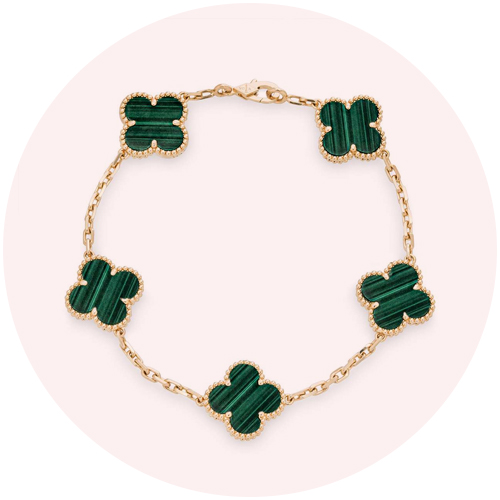
While not exclusively Indian in influence, the Alhambra collection deserves mention for its use of motifs and materials reminiscent of Indian design principles. This iconic line features symbols such as flowers and stars, crafted from materials like malachite, onyx, and mother of pearl, which are frequently seen in traditional Indian jewellery. The inclusion of these elements demonstrates VCA’s ability to subtly integrate Indian-inspired motifs into collections that appeal to a global audience.
Technique of Mystery Set
While not originally Indian, the 'Mystery Set' technique aligns with the Indian love for intricate detail and seamless beauty in jewellery. This patented technique by VCA allows for the setting of gemstones in such a way that no prongs are visible, offering a smooth, almost embroidered look that mirrors the richness of Indian textiles.
Through these iconic creations, Van Cleef & Arpels celebrates its storied collaborations with figures from Indian royalty to Western high society, showcasing its ability to reinterpret traditional motifs and techniques within the realm of contemporary high jewellery. Each piece serves as a testament to the brand’s innovative spirit and its deep respect for diverse cultural heritages.

Impact on Contemporary Jewellery Designs and Global Market
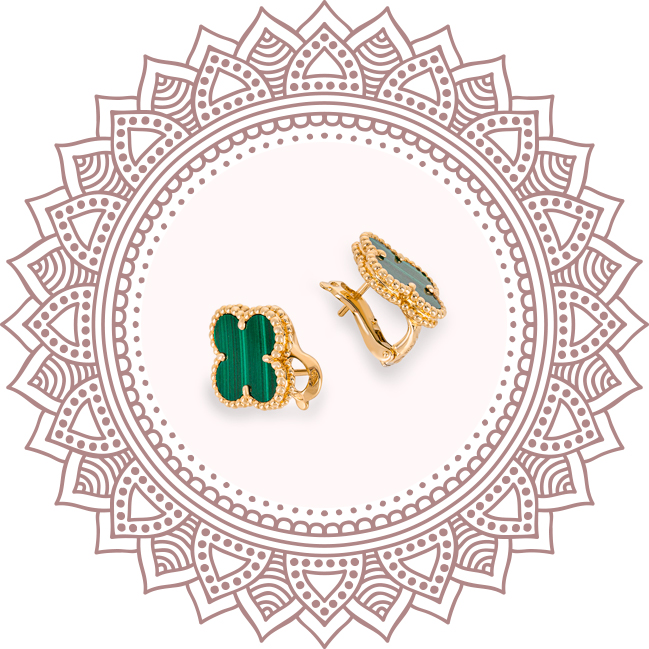
The integration of Indian styles into Van Cleef & Arpels' collections represents a remarkable example of cultural exchange that transcends geographical and cultural boundaries, enriching the global high jewellery market. This blending of elements from Indian and Western jewellery traditions has not only broadened the aesthetic palette available to designers but has also introduced global audiences to the rich heritage of Indian craftsmanship.
Enriching Global Aesthetics through Cultural Exchange
Van Cleef & Arpels’ adoption of Indian designs and techniques such as Jadau and Meenakari highlights the potential for cross-cultural enrichment in the arts. These techniques, once exclusive to the Indian subcontinent, have found a new expression in VCA’s luxurious creations, appealing to a global clientele that values both tradition and innovation.
Influence on Modern Design Practices
The ongoing influence of these intercultural exchanges is evident in contemporary jewellery designs that increasingly feature a mix of traditional and modern elements. Designers are inspired to explore beyond their cultural confines, experimenting with new materials, techniques, and inspirations. For instance, the global trend towards more personalised and culturally significant jewellery pieces can be seen as a direct influence of such historical cross-pollinations.
Moreover, the success of collections like VCA’s Alhambra, which subtly incorporates Indian-inspired motifs and craftsmanship, showcases the commercial viability and appeal of culturally infused designs. It serves as a model for other luxury brands aiming to blend diverse cultural elements into their offerings.

Explore VCA Jewellery at Rich Diamonds
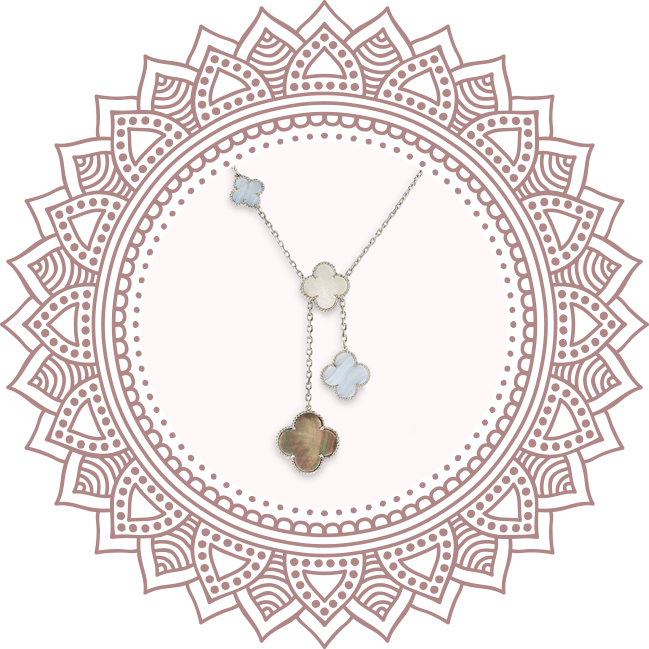
Van Cleef & Arpels' embrace of Indian design elements beautifully showcases the enriching potential of cultural exchange in high jewellery. By weaving Indian artistry into its collections, VCA not only celebrates a rich heritage but also influences contemporary design, proving that true beauty knows no boundaries.
Explore the exquisite blend of tradition and innovation in Van Cleef & Arpels jewellery at Rich Diamonds, where history and luxury meet. Discover your piece of cultural artistry today.

